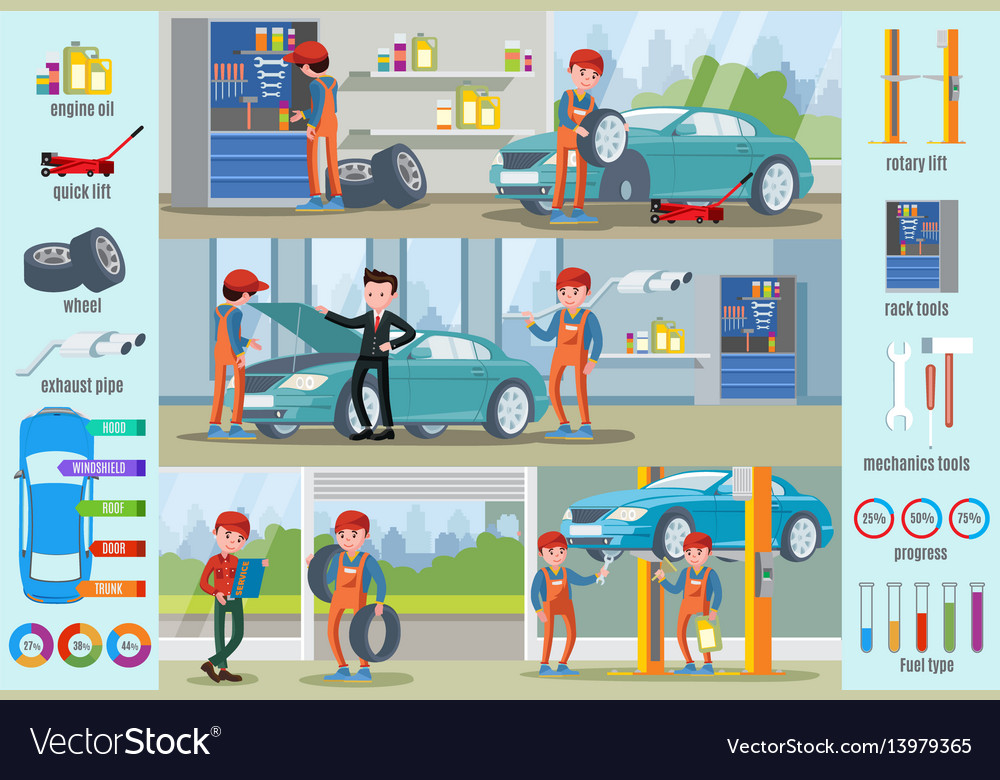A Crucial Guide For Beginners To Make Sense Of Your Cars And Truck'S Caution Lighting
A Crucial Guide For Beginners To Make Sense Of Your Cars And Truck'S Caution Lighting
Blog Article
click this Develop By-Fenger Corbett
When you lag the wheel, those little caution lights on your vehicle's dashboard can be quite complicated. What do they mean, and should you be concerned? Understanding these signals is vital for your automobile's wellness, yet it does not need to be a difficult job. By decoding the secret behind each light, you'll be outfitted to handle prospective problems successfully and maintain your cars and truck running smoothly. So, following time a caution light flashes, don't panic - arm on your own with expertise and take control of the scenario.
Relevance of Cars And Truck Caution Lights
Understanding the relevance of your auto's caution lights is essential for maintaining your lorry's health and safety. These lights work as your cars and truck's communication system, informing you to potential issues that might endanger your safety on the road or result in costly repairs if overlooked. By taking note of these warnings, you can address troubles early and stop more damages to your automobile.
Overlooking cautioning lights can result in severe effects, such as engine failing, brake malfunctions, and even accidents. These lights are developed to notify you of problems ranging from low tire stress to engine breakdowns, providing you the chance to take action before the circumstance gets worse. Regularly checking and understanding these warnings can conserve you time, cash, and ensure your safety and security while driving.
Along with keeping you risk-free, responding immediately to warning lights can additionally assist prolong the life expectancy of your cars and truck. By dealing with issues at an early stage, you can avoid tiny issues from intensifying right into major fixings, inevitably saving you time and money in the future. Keep in mind, your automobile's warning lights are there for a reason - don't neglect them!
Common Warning Lights and Meanings
When it comes to driving your vehicle, being aware of typical warning lights and their definitions is vital for your safety and lorry maintenance. Here are https://brakepadsandrotors72838.blogoxo.com/30079092/freshen-your-understanding-with-these-10-crucial-car-maintenance-pointers-to-improve-your-vehicle-s-efficiency-and-longevity-your-automobile-will-certainly-be-grateful of usual caution lights you may come across:
1. ** Check Engine Light **: This light shows a concern with your engine. mouse click for source could be something minor like a loosened gas cap or something more serious like engine misfiring.
2. ** Battery Light **: This light signals a problem with your vehicle's billing system. It could show a faulty battery, generator, or other associated components.
3. ** Oil Pressure Light **: When this light begins, it suggests your engine may be running low on oil or experiencing low oil stress, which can lead to engine damages otherwise resolved quickly.
4. ** Brake System Light **: This light indicates an issue with your stopping system. It can indicate reduced brake liquid degrees or a problem with the brake system that calls for immediate interest.
Recognizing these usual caution lights will certainly help you identify prospective concerns early and stop even more considerable troubles later on.
Just how to Reply To Warning Lights
On the occasion that a warning light illuminates on your auto's dashboard, it's vital to respond without delay and appropriately. When a caution light begins, the initial step is to consult your owner's guidebook to comprehend the specific concern shown by the light.
https://brakes-near-me06283.activoblog.com/30739736/exploring-the-most-effective-do-it-yourself-auto-repair-apps-functions-individual-evaluations-and-specialist-referrals require prompt interest, while others may indicate a much less urgent matter. If the caution light is red or blinking, it's commonly an indication of a serious problem that requires prompt action. In such cases, it's advisable to pull over securely, switch off the engine, and seek professional aid.
For yellow or orange caution lights, while they may not call for instant focus, it's still vital to attend to the underlying issue without delay to prevent more damage. Routine maintenance and examination can aid prevent warning lights from beginning unexpectedly.
Verdict
To conclude, recognizing your cars and truck's caution lights is critical for preserving your automobile's health and wellness. By routinely checking and responding to these cautions, you can resolve prospective concerns early and stop expensive repairs or security risks. Remember to consult your proprietor's manual for info on different caution lights and constantly take prompt action for red or blinking lights. Keep proactive and keep your cars and truck running efficiently!
